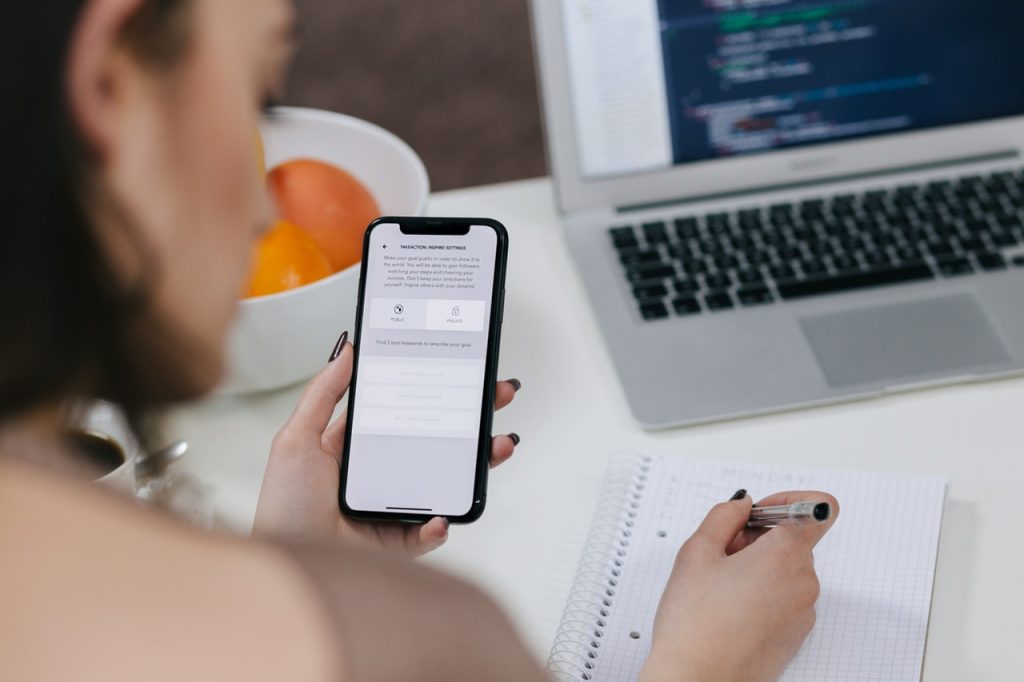Mobile learning, or m-learning, is the delivery of learning content via any endpoint of the user’s choosing. Mobile learning is convenient, as it is available anytime, anywhere: courses can be accessed via smartphone, tablet, laptop, or any other device.
That learning in the workplace is taking place on a mobile device should come as no surprise. As we’ve written previously in this blog, today’s employee is overwhelmed, distracted, and impatient.
Today’s L&D leaders need to create engaging, effective learning experiences for today’s time-starved learners—and be able to deliver those experiences wherever and however the learner can access them.
According to FierceMobileIT, 71 percent of employees spend more than two hours per week accessing company information on a mobile device. However, data consumption and hours spent on mobile devices do not always imply learning engagement; employees need the freedom and flexibility of moving between multiple devices to access learning content.
According to TrainingIndustry.com, responsive e-learning, responsive LMSs, and learning apps, all of which support multi-device access, have become essential to the point that while the mobile experience remains flawless, the desktop/laptop experience shouldn’t be degraded.
What Instructional Designers Can Do To Implement Mobile Learning
There are several initiatives L&D leaders can take to ensure successful instructional design for mobile learning.
Develop—and Consistently Test—the User Experience
In the Development stage of ADDIE, instructional designers should be aware that the learning content they are developing will most likely be accessed via multiple endpoints. All lessons, exercises, animations, videos, quizzes, and the like should be thoroughly tested on desktop, tablet, and mobile, and even tested on different operations systems to ensure a seamless user experience (UX).
An inferior UX on some platforms may lead to reduced user engagement and disappointing outcomes. On the other hand, an exciting, beautiful experience can encourage the learner to interact more deeply, leading to superior results.
Convert longer courses to bite-sized learning modules
Given the time crunch, shorter courses are the way to go—and are a perfect fit for learning on a mobile device. According to HR consulting firm Bersin by Deloitte, most learners won’t watch videos longer than 4 minutes.
Traditional eLearning courses usually are 30 minutes to 1 hour in duration, often incorporating multiple objectives. However, according to eLearning Industry, bite-sized learning can have a single objective, allowing the learner to not only absorb content better but also focus on a single objective.
Encourage casual, random learning
Bersin also found that 80 percent of workforce learning happens via casual, on-the-job interactions with peers, teammates, and managers. Employees consider them mentors capable of providing valuable professional insights.
Here at Cognota, we strongly advocate organizations identifying and cultivating their internal subject matter experts (SMEs). Employees are comfortable both learning from their peers and serving as the instructor.
How is this part of the mobile learning experience? These casual interactions between employees often take place via email, Slack channel chats, or notes/comments fields in project management software—all of which have mobile app versions.
And thanks to xAPI, you can capture these seemingly casual interactions in a consistent format and gain a more complete picture of an individual’s learning experience.
Involve IT
While your LMS or Learning Design System may be mobile-first or incorporate mobile-responsive tools, get IT on board, too. Inform your IT Managers that employees may be accessing learning content via their mobile devices, and any necessary app permissions need to be granted.
Many organizations these days have mobile device management or enterprise mobility management software in place so that company-owned and even employee-owned devices are more secure. Some IT policies restrict the usage of particular apps and can even blacklist certain websites. Make your IT managers aware of any learning apps or websites that employees may be accessing to ensure a smooth learning experience.





